In the world of gourmet delicacies, few ingredients carry the prestige—and price tag—of caviar. The tiny, glistening pearls of sturgeon roe have long been synonymous with luxury, gracing the tables of fine dining establishments and elite gatherings. But a new contender is making waves in the culinary scene: algae-based caviar alternatives. This sustainable innovation is not only challenging traditional caviar’s dominance but also offering a solution to the environmental and ethical concerns tied to the sturgeon fishing industry.
The rise of plant-based caviar is a response to growing consumer awareness about sustainability. Traditional caviar production relies heavily on wild sturgeon populations, many of which are endangered due to overfishing and habitat destruction. The Beluga sturgeon, for instance, has been pushed to the brink of extinction, prompting international trade restrictions. Even farmed sturgeon operations face scrutiny over water usage, feed sustainability, and animal welfare. Against this backdrop, algae-derived caviar emerges as a guilt-free alternative that doesn’t compromise on taste or texture.
What makes algae an ideal candidate for caviar imitation? The answer lies in its natural properties. Certain species of algae produce gelatinous substances that, when processed, can mimic the delicate burst of traditional caviar. Companies like Caviar Biotech and Sophie’s Kitchen have perfected techniques to infuse these algae-based pearls with umami-rich flavors, often using seaweed extracts or mushroom derivatives to replicate the briny depth of sturgeon roe. The result is a product that even seasoned chefs struggle to distinguish from the real thing.
The environmental benefits of algae caviar are staggering. Unlike sturgeon farming, which requires years of rearing fish before harvesting roe, algae grows exponentially faster—some species double in biomass within hours. Algae cultivation also avoids the pitfalls of aquaculture, such as waste runoff and antibiotic use. Perhaps most compelling is its carbon footprint: algae absorbs CO2 as it grows, making it a carbon-negative crop. For eco-conscious consumers, this positions algae caviar not just as an alternative, but as a proactive choice for planetary health.
Beyond sustainability, the accessibility of algae caviar is upending the industry’s elitist reputation. Traditional caviar can cost hundreds of dollars per ounce, putting it out of reach for most. Algae alternatives retail at a fraction of that price, democratizing a once-exclusive luxury. This shift aligns with broader food trends favoring affordability without sacrificing quality. Restaurants from Los Angeles to Copenhagen are incorporating these alternatives into dishes, proving that ethical eating doesn’t mean compromising on indulgence.
Culinary innovation is further driving adoption. Unlike sturgeon caviar, which has a limited flavor profile, algae-based versions can be tailored to taste. Some brands offer variants infused with truffle, citrus, or even spicy peppers, expanding creative possibilities for chefs. The texture, too, is adaptable—from firm pops to creamy melts—allowing for diverse applications beyond canapés, such as sushi rolls or pasta garnishes. This versatility resonates with modern diners seeking novel experiences.
Yet challenges remain. Purists argue that no substitute can replicate caviar’s centuries-old heritage. There’s also the hurdle of perception; convincing consumers that a plant-based product can rival a luxury icon requires education. However, as younger generations prioritize sustainability over tradition, attitudes are shifting. Investors are taking note: venture capital flowing into algae-based food startups has surged, signaling confidence in this niche’s growth potential.
The story of algae caviar mirrors larger movements in food technology—where science meets ethics to reinvent what we eat. It’s not merely about replacing a commodity but reimagining its role in a sustainable future. As one Michelin-starred chef remarked, "The best ingredients don’t come from exploiting nature; they come from understanding it." With algae caviar, that philosophy is served one pearl at a time.
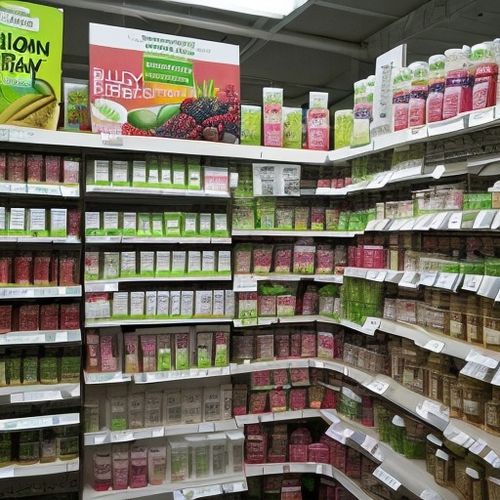
By Elizabeth Taylor/Apr 10, 2025

By Laura Wilson/Apr 10, 2025
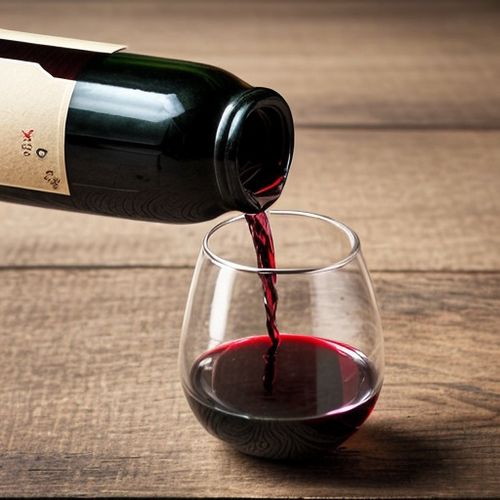
By Natalie Campbell/Apr 10, 2025

By Daniel Scott/Apr 10, 2025

By Sarah Davis/Apr 10, 2025

By Michael Brown/Apr 10, 2025
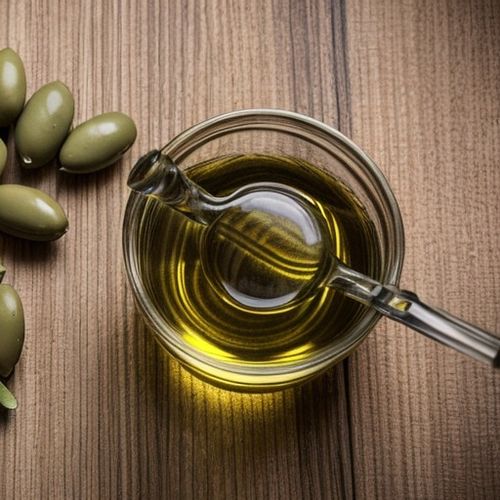
By George Bailey/Apr 10, 2025
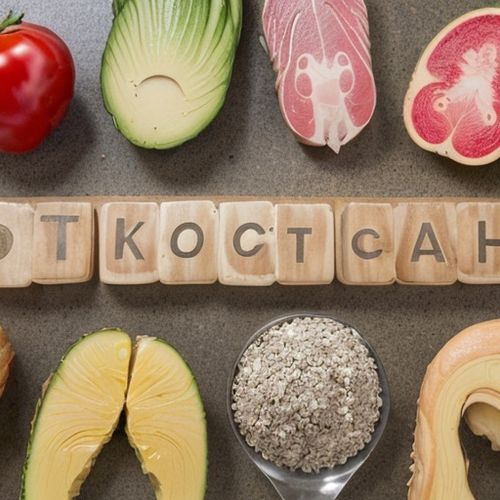
By Thomas Roberts/Apr 10, 2025
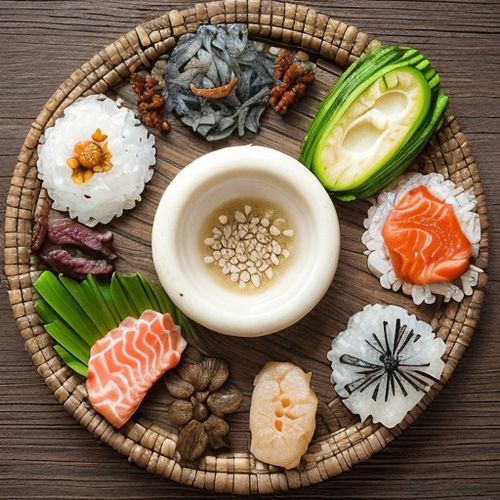
By Sarah Davis/Apr 10, 2025
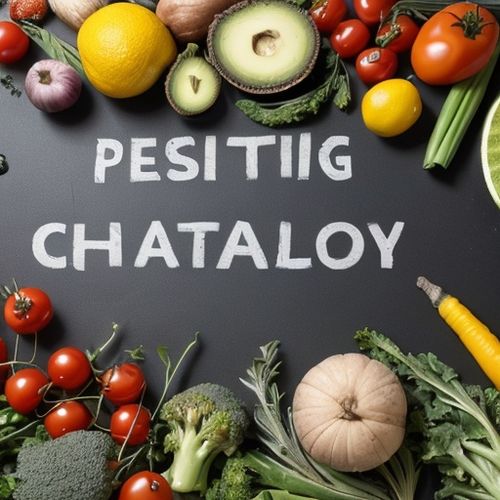
By William Miller/Apr 10, 2025
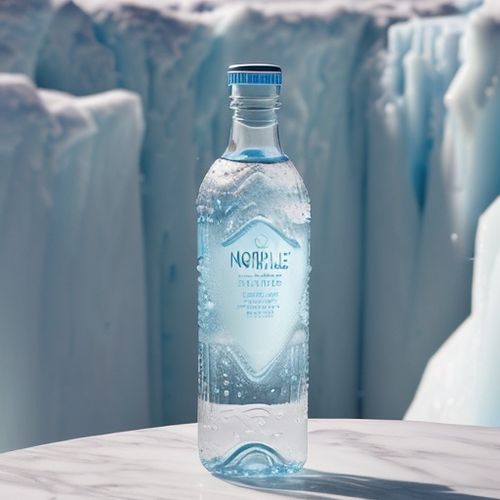
By Natalie Campbell/Apr 10, 2025
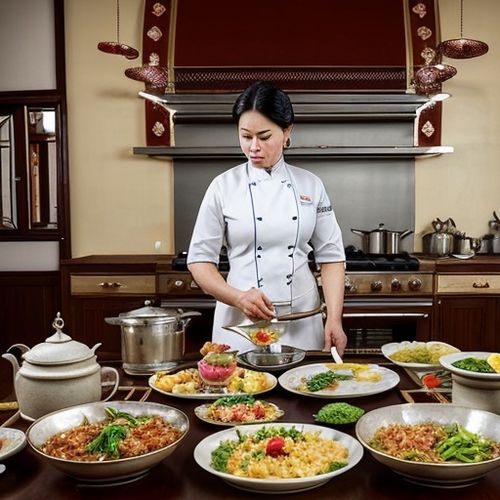
By Ryan Martin/Apr 10, 2025
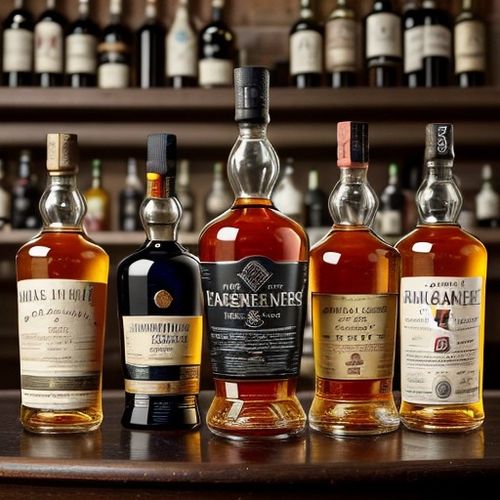
By Benjamin Evans/Apr 10, 2025
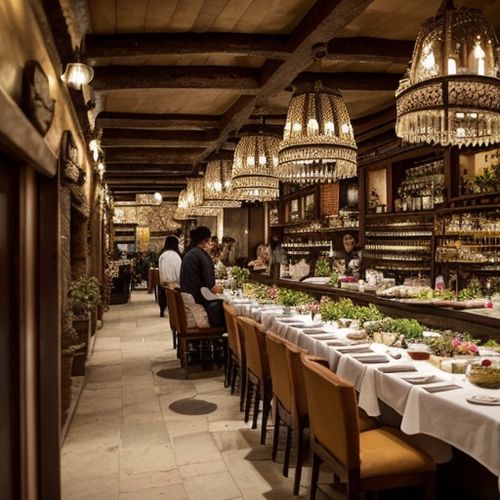
By John Smith/Apr 10, 2025

By Grace Cox/Apr 10, 2025
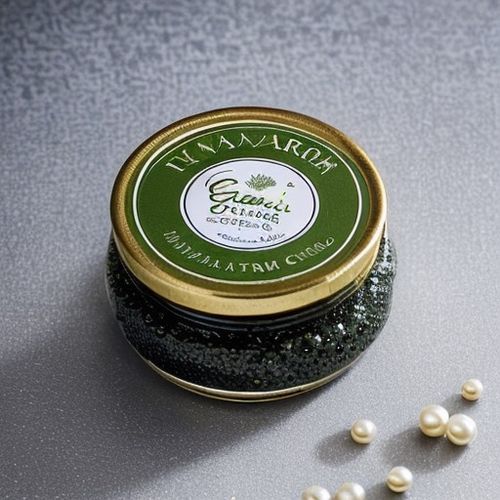
By Victoria Gonzalez/Apr 10, 2025
By Natalie Campbell/Apr 10, 2025